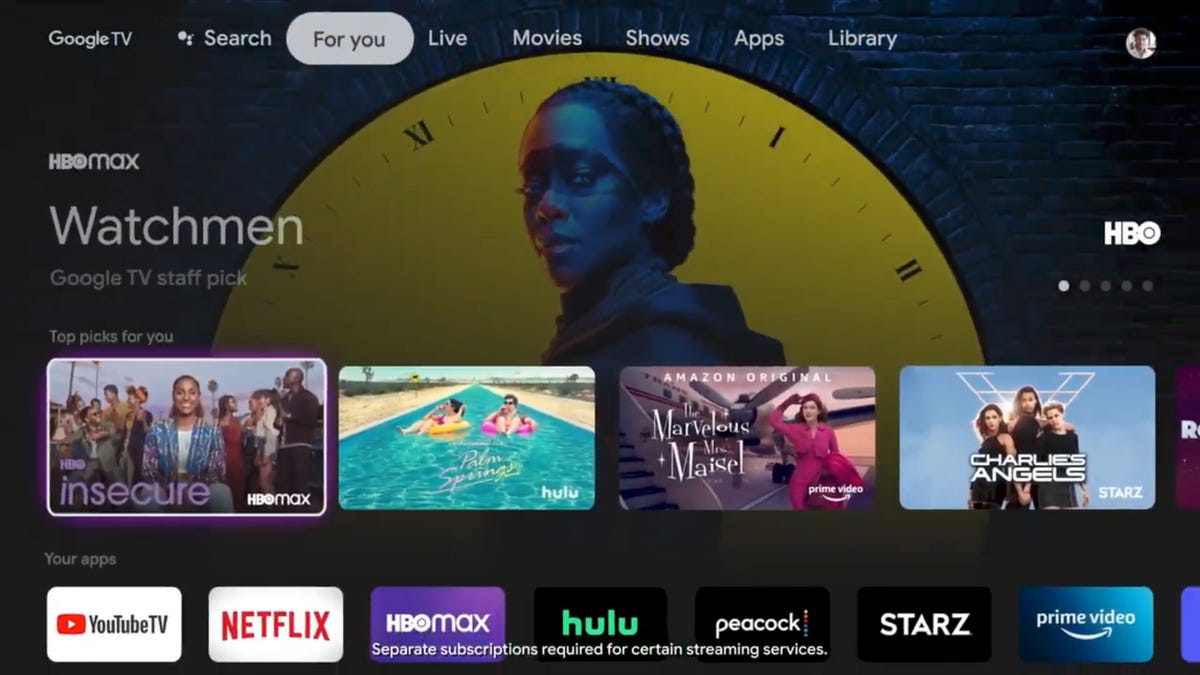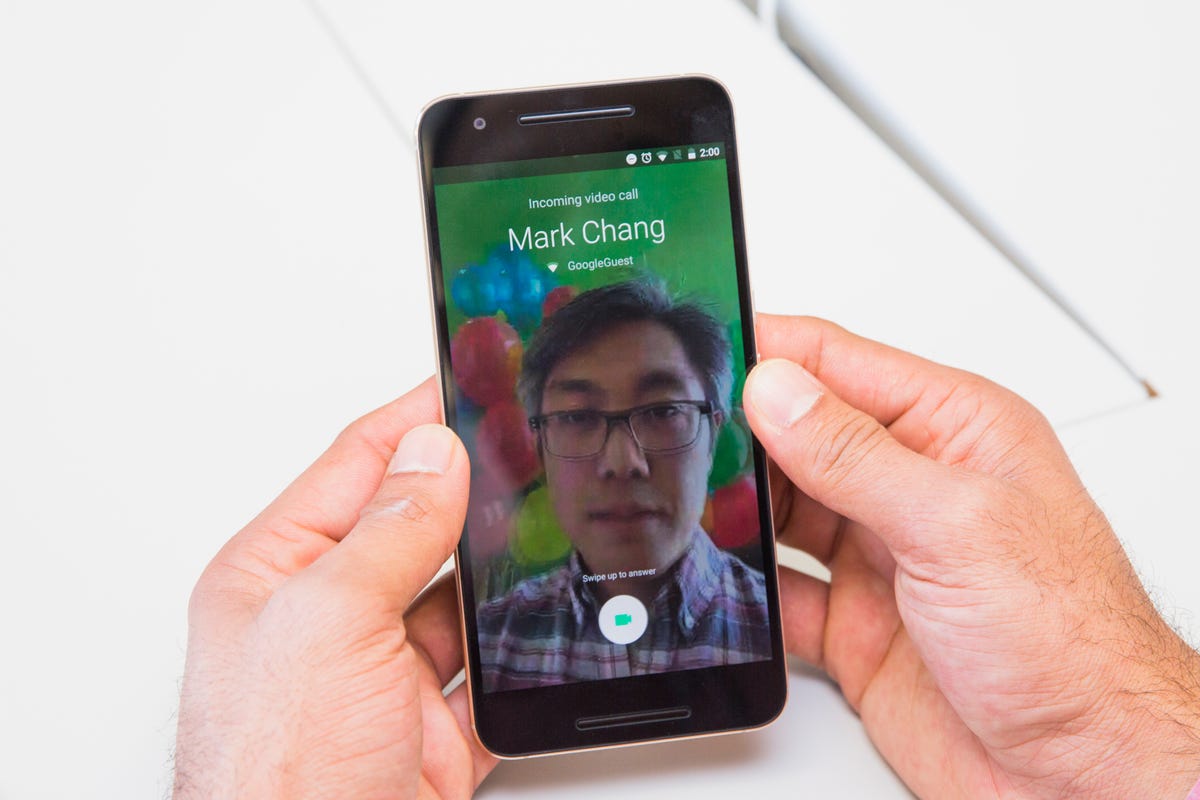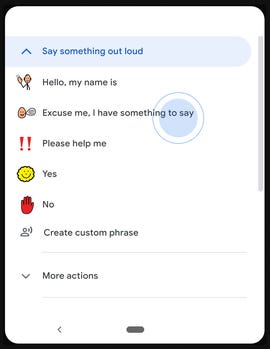Update, Feb. 18, 2021: The Android 12 developer beta is here, and you can install it and try it out now.
As Android 11 continues to roll out to handsets around the world, users of Google’s mobile operating system are getting a ton of new features that could completely change the way they use their phones. Apple’s iOS has offered some of them for years, but other new tricks put Google ahead of the iPhone ($500 at Best Buy).
From connecting third-party apps and voice-controlled Google Assistant in deeper, more useful ways, to new communication tools designed to make conversations easier, Android 11 brings a lot of important changes just as Apple prepares for the launch of the rumored iPhone 12 with updated iOS 14 on Oct. 13.
As competition with rival smart assistants like Apple’s Siri and Amazon’s Alexa continues to heat up, Google has been adding more and more features to its digital helper, Google Assistant. Google Assistant isn’t just the default AI on Android phones, but is also baked into Google Home and Google Nest smart home devices (and even available on Apple devices loaded with certain Google apps).
Here’s a look at six of the most interesting and useful updates coming to Android 11 phones in 2020.


A monorail train emblazoned with “Hey Google” promoted Google Assistant at CES 2020.
James Martin/CNET
Google Assistant now works with third-party apps
For years, Android users have been able to open their email, send a text and control a whole litany of actions on their phones using Google Assistant, but the feature was limited to Android apps and services. Apple’s Siri, on the other hand, has been able to control third-party apps for a while now.
But Google has evened things up. The company recently announced partnerships with 30 third-party apps, including Walmart, Mint, Spotify, Etsy, and Discord, and says it expects to add more in the coming weeks and months.
Now Android 11 users will be able to accomplish tasks on specific apps by saying things like:
- “Hey, Google, search cozy blankets on Etsy”
- “OK, Google, open Selena Gomez on Snapchat.”
- “Hey, Google, log a berry smoothie on MyFitnessPal.”


Android phones with Google’s call filtering feature can intercept potential spam calls before they interrupt you.
Google
Verified Calls lets you know who’s calling
When your phone rings out of the blue, you want to know who’s calling and why. The Android app you use to make and receive calls has gotten some updates that should help you figure it out, even when you don’t recognize the number – just like iPhones can do.
Besides filtering spam, which works by silencing calls from numbers Google has identified as potentially fraudulent, Google has also introduced its Verified Calls feature, which authorizes certain businesses and shows you the company name, logo, reason for calling and a verification symbol.
There’s a similar program called Verified SMS for text messages.
Android can turn noises into push notifications
All kinds of things, from microwaves to fire alarms to visitors standing outside your front door, use sound to alert you. But if you have hearing loss or are wearing headphones, you might not catch them all. Android’s new Sound Notifications feature is meant to listen for all the beeps, buzzes and knocks around you, then alert you with a push notification on your phone.


Whether you’ve suffered hearing loss or just like to wear headphones, Android’s new Sound Notifications feature is designed to relay important information from your surroundings as a push notification on your phone.
Sarah Tew/CNET
Sound Notifications uses machine learning and your phone’s microphone to listen for 10 different types of sounds, including baby noises, running water, smoke and fire alarms, appliances beeping and door knocking. Apple’s newest mobile operating system, iOS 14, has a similar feature called Sound Recognition.
To turn on Sound Notifications in Android 11, open Settings, then tap Accessibility and enable Sound Notifications.
Google TV comes to Android
Android TV, recently rebranded and updated as Google TV, is rolling out to Android devices with a host of new and old features that sync across devices, including your library, recommendations and watchlist. This brings it up to par with Apple TV ($99 at eBay) devices and apps.


Google rebranded Android TV as Google TV and added features like the ability to search across multiple streaming subscriptions.
Google/Screenshot by CNET
The biggest change Google TV brings to the Android movie and TV experience is the ability to search across multiple providers like Netflix, Hulu and even live TV. You can ask, “Hey, Google, find action movies” or “show me sci-fi adventure TV shows” and the results will span your subscriptions.
Google Duo adds screen sharing, video voicemails
People who rely on Google Duo’s mobile-only video calling service to communicate with family and friends now have a couple of new ways to connect, through screen sharing and video voicemails with captions — two features Apple’s FaceTime still lacks.
To share your screen during a video call, tap the three dots in the bottom right corner, then tap Screen Share. A pop-up will ask if you want to share sensitive information on the call. Tap Start Now to accept.


Google’s answer to FaceTime and Skype, called Google Duo, has a couple of new features unique to video calling.
James Martin/CNET
To leave a video message, either wait for the call to go unanswered for 60 seconds or press Leave a video message while it’s still ringing. Follow the onscreen prompts, then tap Send. Captions will be added automatically.


With Action Blocks, users tap a picture and the app speaks the selected phrase out loud.
Google
Action Blocks app turns pictures into speech
The new Action Blocks app uses pictures and symbols to convey short phrases. Google calls it an “artificial voice for people with cerebral palsy, Down Syndrome, autism, aphasia, and other speech related disabilities.”
To try Action Blocks, download it from the Google Play app store. (For the record, Apple has similar apps available on its App Store, but none made by Apple.)
For more Google tips and tricks, check out these five Google Maps tricks that go beyond just driving directions, these seven Android 11 features you need to use right away and how to pay for parking right from the Google Maps app.



